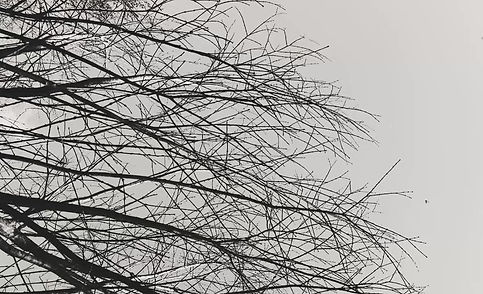
NOTHING IS STATIC
(No)thing is Static
"Nothing is Static", the title-thesis of the presented collection, shows the strength of a sensitive and patient investigation. The questions raised by the images have the delicacy of floating over the facts. The investment in continuity and fluidity refuses the sharpness of photographic registration as proof and points to a dimension of life that opens up to the world and its multiplicity. Proposing to create parallel experiences within such a battered reality is a solidary and philosophical gesture that restores the sense of participation in each individual.
The images of the project sustain that not even what is fixed becomes static. If, on the one hand, photography asserts itself as a technique capable of capturing and reproducing a fragment of the past, on the other hand, it does not escape the modulations of time: the wear and tear, the internal movements, its always renewed meanings.
What is seen is less an investigation of photographic elements (the daughter, a forest, an empty beach) and more of what drives them, the energy that moves them, as if photography had been given the gift of wind. In other words, what the images seem to show is the landscape as a presence and presence as a landscape. The collection promotes a confluence of times, as if the arrow that pushes us towards the future had been nullified and we lived in a reality where the contaminations of what was, what is, and what will be were permanently intertwined.
The relationships created in the transit between person and thing, subjective and objective, inside and outside, among other possible dualities, exist only to disappear and leave in thought an idea of the world, of convergence, of sharing, but also of duration. The objective data that the images could offer are included in a broader scenario by the sensitive experience of what is presented there. A cloud of white dust covering the head of Alice, Juliana's daughter, is the cloud that lazily wanders on gray days. The tree that falls in a forest crowded with similar species falls like a cycle that ends by exhaustion or invalidity. The melting of snow in four moments. The shapeless stain decreases in size like a cloud dissipating in the sky.
What photography fixes is precisely what seems to escape it. The landscape is not something given by the world, which the artist captures or hunts with the camera. It is imagined and created from this world in order to open up so many others.
When Holck photographs her children, what she accomplishes is not a visual chronicle of the family, but an essay that speculates on the landscape energized by the tension between finitude and flow.











